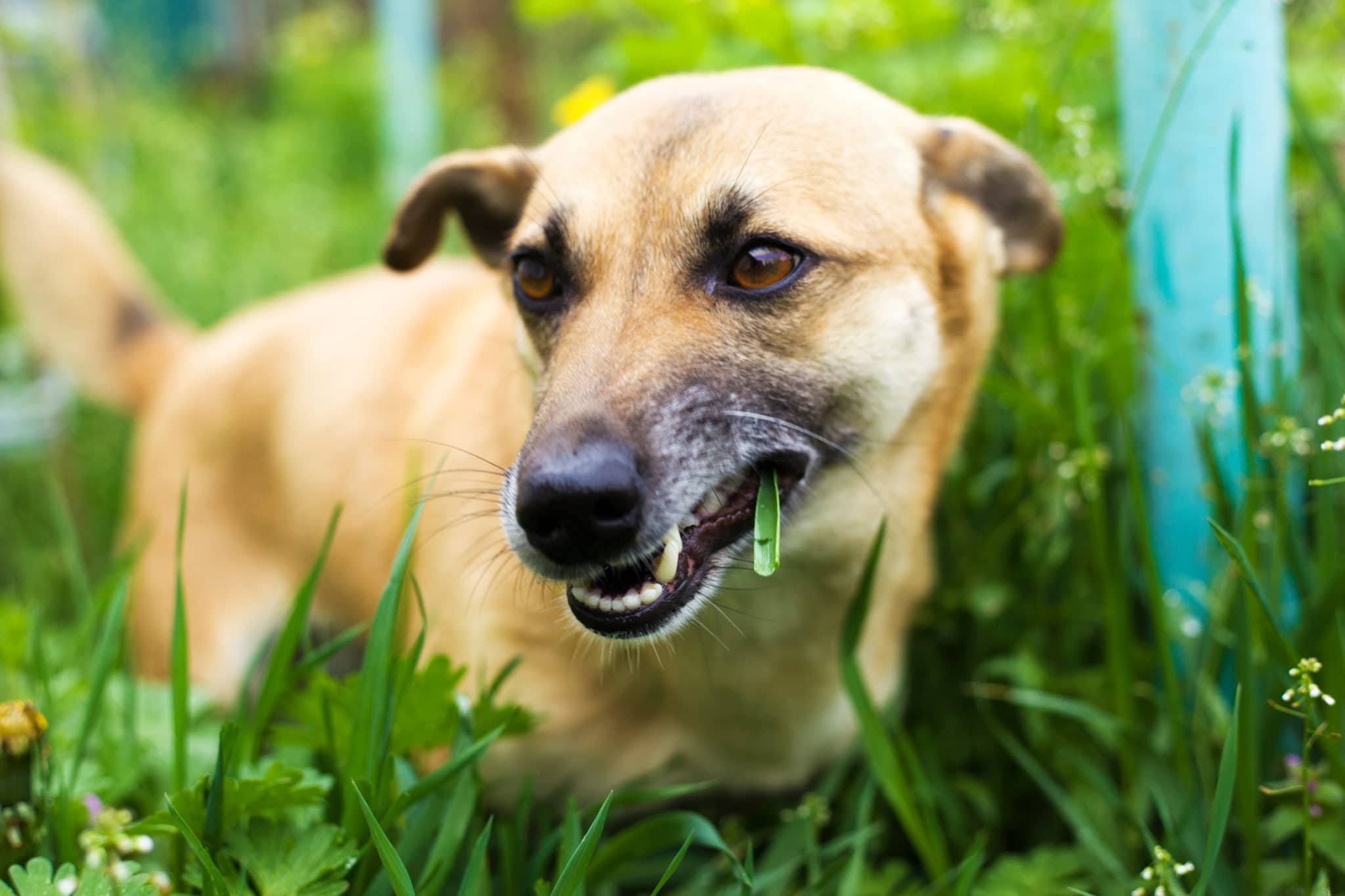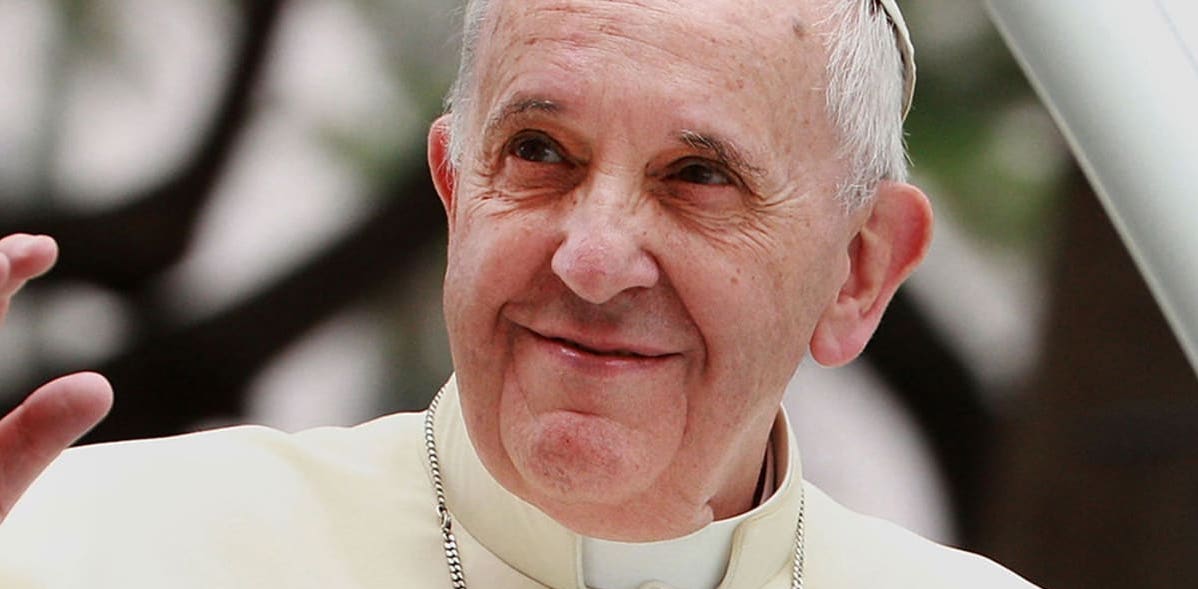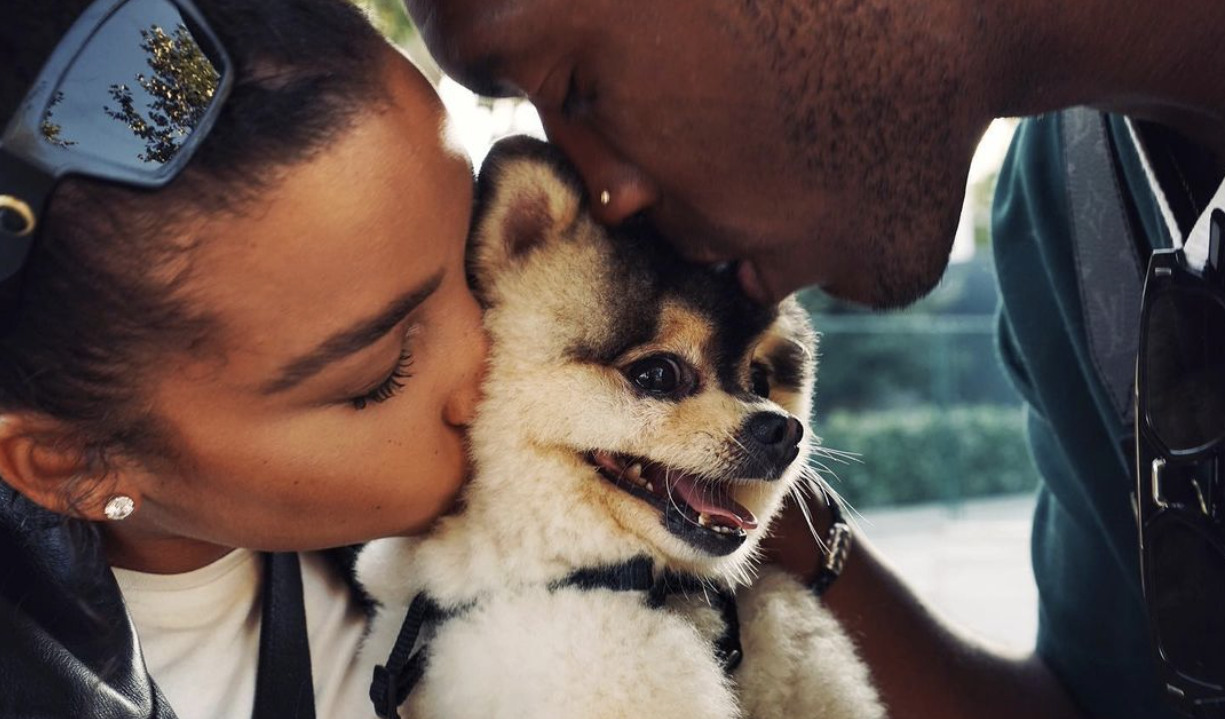It’s all said and done– your pet had surgery and is home at last. Now what?
The next few days are critical in ensuring your pet recovers well without any major complications. And guess what? What happens next is up to you.
But what signs should you look out for as clues to a bigger problem? And what is your pet’s surgical site supposed to look like as the days go by, anyway? If these thoughts have ever crossed your mind, you’ve come to the right place.
In this article, you will learn what you should expect to see with your pet and their surgical site in the days following surgery, and the potential issues that could arise during his or her recovery.
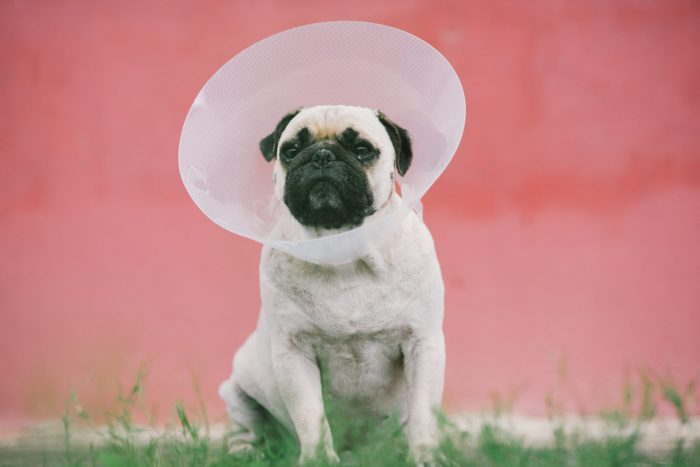
Post-operative healing– What to expect
Day 0-4: Recovery begins
Within the hours after surgery, the incision site will show a fair amount of redness and a little bit of bleeding can also be expected. The incision site will be tender to the touch and your pet may appear sleepy and subdued over the first 12-24 hours following surgery.
Over the following few days, the redness at the incision site may persist, and a mild to moderate amount of swelling and bruising may develop. During this period, a small amount of discharge from the incision site may also be noticed. This discharge should appear watery in consistency and orange to red in color. At this point, your pet is expected to be back to his or her old self in terms of all bodily functions, demeanor and appetite.
It’s important to ensure that the surgical site remains clean and dry at all times. Any discharge should be cleaned up by gently dabbing the area with a fresh cotton swab or a clean cloth moistened with warm water. However, you should avoid giving your pet a full bath until his or her incision is fully healed.
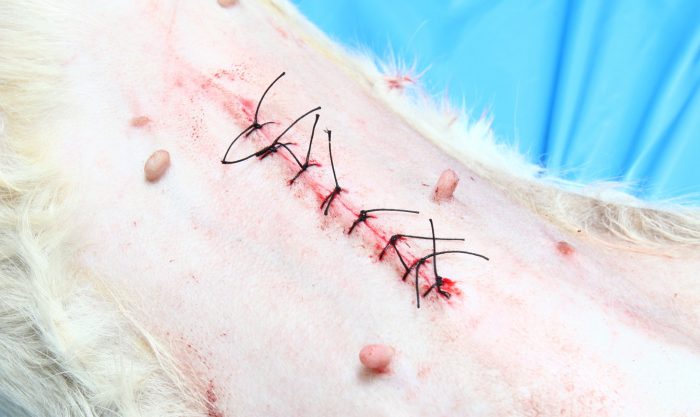
Day 5-9: Half way there
As the days pass, the initial signs of redness, bruising, swelling and discharge should begin to subside. A few scabs and crusts may form along the incision line, as your pet’s body continues to heal. These scabs should be left undisturbed, as they are an important part of the healing process.
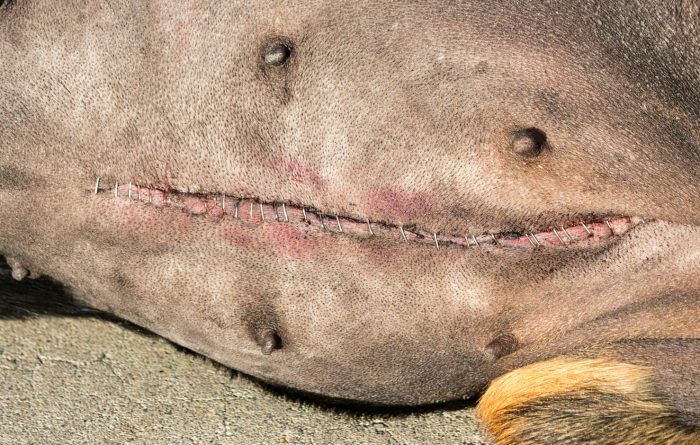
Day 10-14: The home stretch
Within two weeks, the incision site is expected to be all but fully healed. A few scabs may remain, but most have fallen off. All redness, swelling, bruising and discharge have virtually resolved. The fur, at this point, has begun to grow back. Your pet should appear good as new, and his or her recovery is now more or less complete.
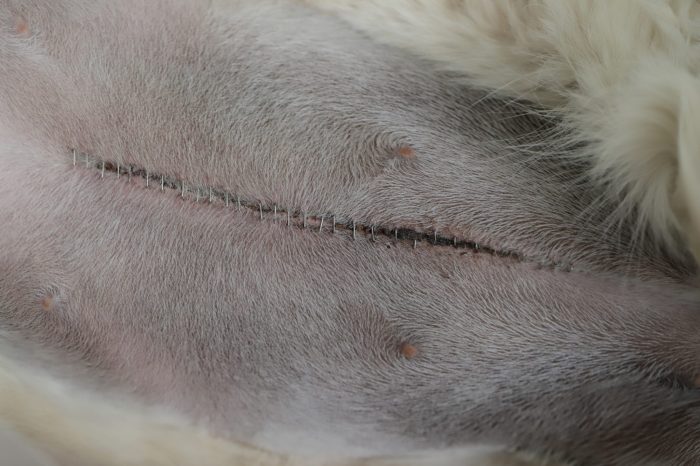
Post-operative complications
As you have learned, as long as the correct preventative measures are taken and all aftercare instructions are followed, your pet is expected to be fully healed within two weeks after surgery, in most cases.
There are, however, a few complications that do at times occur after surgery. The three most common post-operative complications are detailed below.
DISCLAIMER: The images that follow are mildly graphic in nature and may be considered disturbing to some readers. They are, however, educational nonetheless.
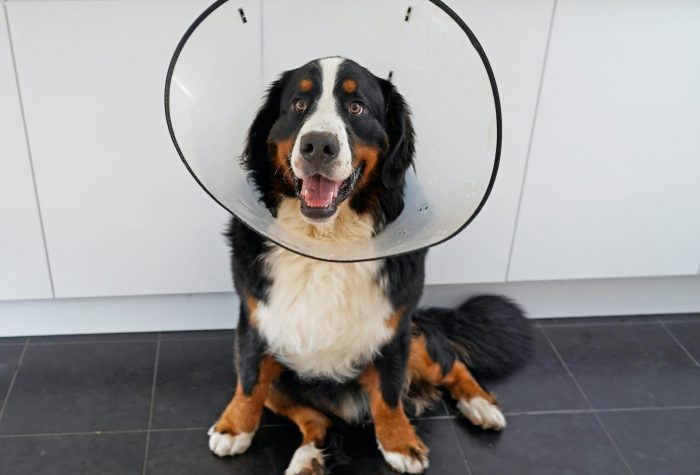
1. Dehiscence
Dehiscence is defined as the splitting or opening up of a surgical incision or wound.
Dehiscence is more likely to occur if your pet has not been resting adequately after surgery, if he or she has been licking, scratching at or otherwise disturbing the surgical site, or if the the incision site gets excessively wet.
Minor dehiscence thankfully may not require treatment. However, significant dehiscence will greatly delay the healing process and always warrants an examination by your veterinarian.
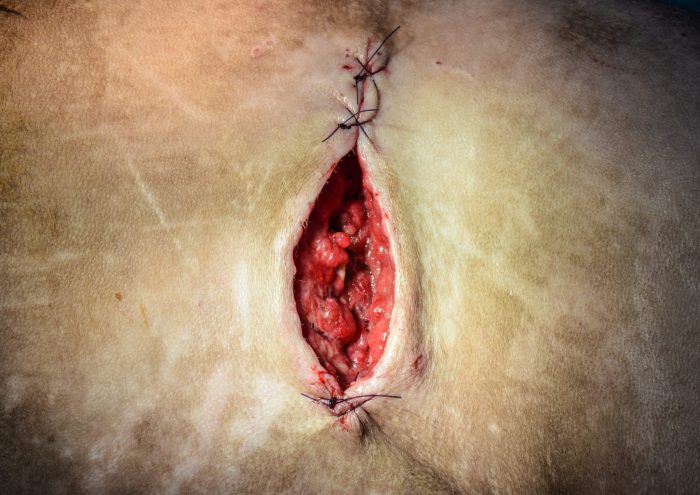
2. Infection
An infection may occur if your pet disturbs the incision site, if the surgical site is not maintained adequately or cleaned as necessary, or if the incision site otherwise becomes contaminated.
During the recovery period, your pet should be kept inside and activity should be limited as much as possible. This will minimize the risk of contamination of the surgical site with dirt or debris and give you a better opportunity to monitor your pet closely.
If an infection is suspected, you should have your pet evaluated by your veterinarian right away. This is because a serious infection may delay healing, cause undue pain and suffering to your pet, and could even make your pet very sick.
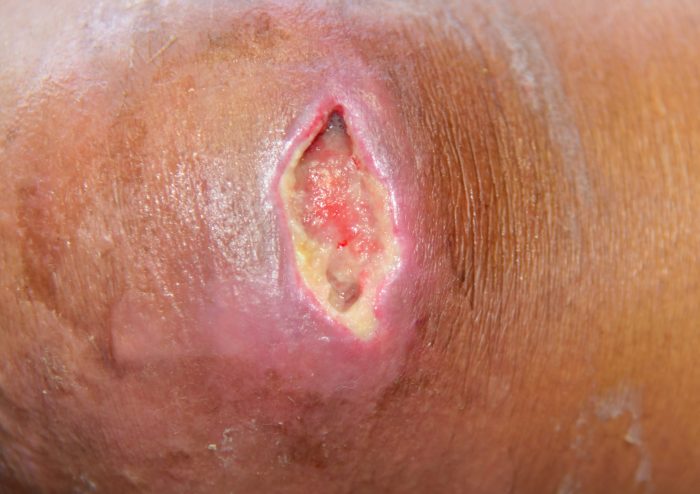
3. Seroma formation
A seroma is a build-up of non-infectious, watery fluid underneath the skin. Seromas occur as an occasionally post-operative complication but thankfully are not harmful to your pet. Due to their fluid-filled nature, seromas may look and feel like a water-balloon underneath the skin. Massaging the site daily and having your pet wear a compression shirt may help to treat a seroma, but most seromas generally resolve on their own without treatment within a few short weeks.
If you suspect your pet has developed a post-operative seroma, it is still important to have him or her evaluated by your veterinarian. This is to ensure that the swelling is not in fact something more serious like an abscess, which does require urgent treatment. If the seroma is large, your veterinarian may elect to drain it, too.
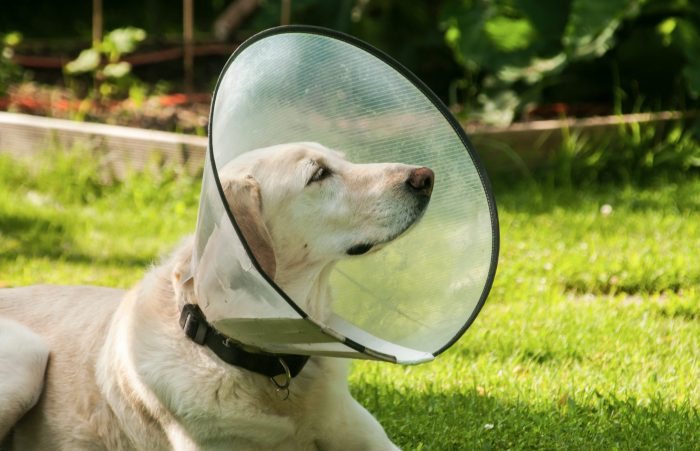
You should now have a good idea of the general timeline for your pet’s recovery, how the incision site should look at each stage of healing, and the potential complications that may arise along the way.
As always, if you suspect your pet is experiencing a serious post-op complication, or your pet otherwise appears unwell, make sure to have have him or her evaluated by your veterinarian as soon as you can.

